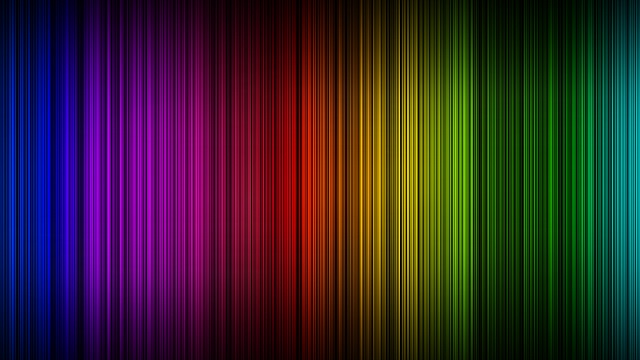Pretty in Pink: How Our Environment Shapes How We Think

Warm sunny days make us optimistic, but also impatient and aggressive. As a result, both financial markets and crime go up when the sun is out. When a room is dimly lit, we are more inclined to act dishonestly. On the other hand, we tend to behave ourselves when exposed to blue light, which we might associate with the police.
These are just a few of the ways that we are influenced by our surroundings — often profoundly so — that the marketing psychologist Adam Alter explores in his fascinating new book Drunk Tank Pink: And Other Unexpected Forces that Shape How We Think, Feel, and Behave.
In the video below, Alter shares the illuminating story behind the book’s title. A method of prison discipline involved putting an aggressive inmate in the so-called drunk tank. Psychologists in the 1980s experimented with a number of different colors to see which ones might most effectively pacify the meanest inmates on the cell block. The clear winner? A bubblegum-pink color. Hence, Drunk Tank Pink. Fairly soon football coaches began applying this color scheme to their opponents locker rooms. Pink would make the opposing team more passive while red would make them more aggressive.
So what exactly is it about colors and other subtle cues in our environment that triggers these repsonces?
Watch the video here:
Image courtesy of Shutterstock.





